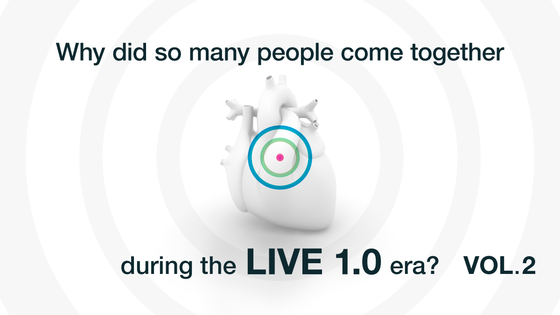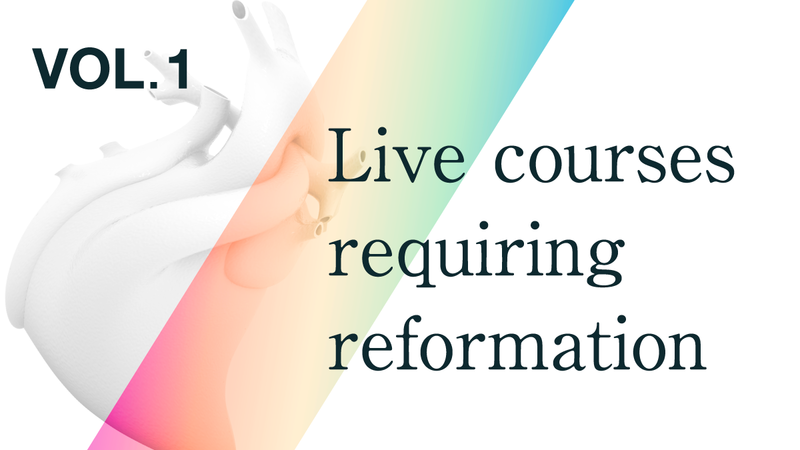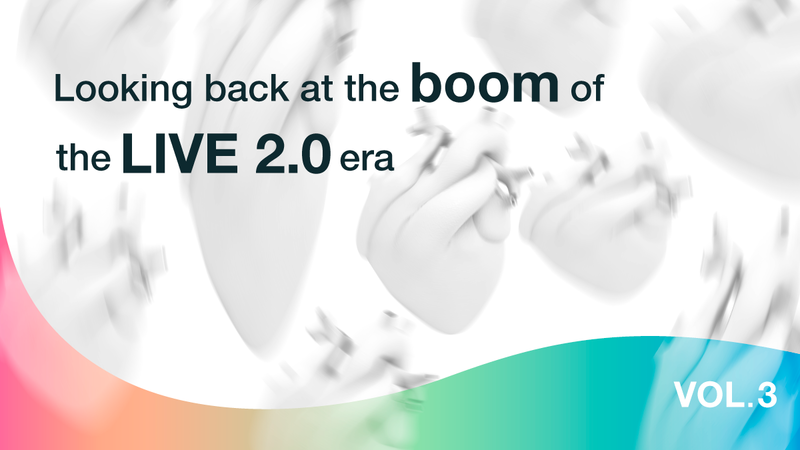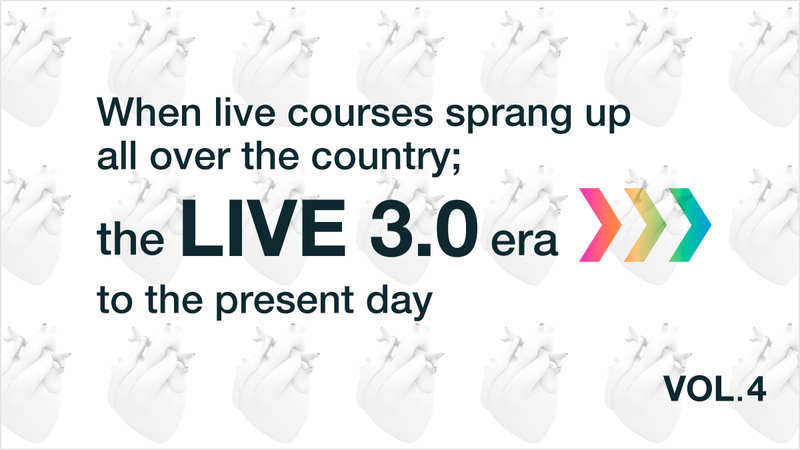The live course organized by Dr. Masakiyo Nobuyoshi, a former president of Kokura Memorial Hospital featured a technique called 3S PCI, which he performed at an astonishing speed with the three mottos of ‘simple,’ ‘speedy,’ and ‘safe.’ Between 9:00 a.m. and 5:00 p.m. he performed more than 30 cases. At that time, Dr. Nobuyoshi opted not to use IVUS, instead making split-second decisions for what treatments to use relying only the contrast images, and it was impressive to see him moving from one cath room to another. In the early days of Live 1.0, treatment of chronic total occlusion (CTO) and left main trunk (LMT) was contraindicated, and indications were limited to simple lesions.
The Kamakura Live Course organized by Dr. Shigeru Saito of Shonan Kamakura General Hospital focused on transradial intervention (TRI), a technique he had learned from Dr. Wu of Chang Gung Memorial Hospital in Taiwan in 1995 and became popularized worldwide.4 The Kurashiki PCI Live Course, organized by the late Dr. Kazuaki Mitsudo of Kurashiki Central Hospital, focused on PCI for more complex lesions as the range of indications had expanded due to the technological innovation of devices in the 1990s. Dr. Mitsudo took the time to explain each case in detail and both of these courses attracted a large number of supporters.
The Osaka Live at the former Osaka Medical Center for Adult Diseases, the Toyohashi Live at the Toyohashi Higashi Hospital, and the Shiga Live at the former Shiga Medical Center for Adult Diseases were all merged to form the Naka-Nihon Live (now CCT). This live performance focused on PCI for complex lesions, as represented by CTO, and actively incorporated the diverse technology and innovative devices of Dr. Osamu Kato, Dr. Takahiko Suzuki, and the late Dr. Hideo Tamai.
Analysis of External Environment During the Live 1.0 Era
Table 1 summarizes the background to the emergence of Live Courses in the 1990s. Although the indications for PTCA, invented by Gruentzig, were limited by the Achilles' heel of restenosis, devices that inhibited the development of restenosis started to get introduced in the early 1990s. A typical example of this is the coronary stent.
In Japan, Dr. Nobuyoshi of Kokura Memorial Hospital and Dr. Takeshi Kimura (currently at Kyoto University) reported in a clinical study that the Palmaz-Schatz stent significantly reduced the rate of restenosis, and the results of that study were used to obtain approval from the Ministry of Health and Welfare in February 1993.5 During this period, Directional Coronary Atherectomy (DCA), Transluminal Extraction Coronary Atherectomy (TEC), and Rotational Atherectomy (RA) were also introduced, and the role of PCI in the treatment of ischemic heart disease continued to expand.
In addition, there was pressure from the U.S. to open up the market for these medical devices and drugs, and new products were imported one after another to overcome restenosis. This led to the number of companies entering the new market to increase, and although the bubble economy began to burst in March 1991, by the mid-1990s, the gross domestic product (GDP) was still rising steadily and the reverberations of the bubble economy were still lingering.
Cardiovascular disease was attracting attention as one of the three major diseases affecting society, and the cardiologists that engaged in catheterization were featured in various media. The number of residents who wanted to become cardiologists involved in catheterization continued to increase. In the analog era, it was expensive to conduct a live course, but in recent years, digitalization has made it easier.
Table 1: Analysis of External Environment During the Live 1.0 Era
| |
|
| PEST |
Trends at the Time |
| Politics |
- The evolution of devices and technology expanded the indications for PTCA.
- One by one, medical devices developed for overseas markets were approved. (Balloons, stents, DCA, rotablators, TECs, etc.)
- Pressure from the U.S. to remove barriers to the Japanese market access in certain sectors (electronics, telecommunications, pharmaceuticals and medical devices, forest products, etc.) led to opening of the market (MOSS talks).6
|
| Economy |
- The economic boom receded after March 1991, but the impact on healthcare was negligible.
- By the mid-1990s, GDP was steadily rising as was the income from social insurance premiums, and expensive medical technology was beginning to emerge.7
|
| Society |
- The media highlighted heart disease as one of the nation's three major diseases.
- Cardiologists were being invited to talk on TV and radio shows.
|
| Technology |
- Digitalization lowered the cost of live broadcasting and simplified the process.
- Competition intensified as domestic companies successfully developed balloons and stents.
|
- T.R.I. International Network, a non-profit organization
https://www.tri-international.org/
- Department of Cardiology, Cardiology Center, Kurashiki Central Hospital
https://www.kchnet.or.jp/hdc/cardiovascular/about/live.html
- CCT 2011 10th Anniversary Commemorative Magazine Toyohashi Heart Center CCT Director Takahiko Suzuki
http://cct.gr.jp/2011/pdf/cct_news_ja_101209.pdf
- TCROSS NEWS - Profile: Dr. Shigeru Saito (Part 2)
- The History of Bioengineering, The History of Stents BIOENGINEERING NEWS No 40, Sept 2011
https://www.jsme.or.jp/bio/pdf/news/NL_No40.pdf
- The 20th MOSS Consultation
https://www.pmrj.jp/publications/02/pmdrs_column/pmdrs_column_20-42_08.pdf
- Medical Society News Visualizing the Value of Nursing with Medical Economics
https://www.igaku-shoin.co.jp/paper/archive/y2021/3426_02
About the Author: Satoru Hashimoto
After graduating from Bellevue University in Nebraska, USA, in 1994, Mr. Hashimoto returned to Japan to work for a foreign healthcare consulting company before joining Johnson & Johnson. After a career in sales and marketing in the field of catheter intervention, he established TCROSS Co., Ltd. In 2005. He enrolled in the Graduate School of Management, GLOBIS University in 2019 and graduated in 2021 with an MBA (Master of Business Administration). He is a full member of the Japan Science and Technology (JST) Journalists Conference and the International Science Writers Association (ISWA).





